| Home |
| Acknowledgments |
| Conventions |
| Glossary |
| Maps |
| References |
| Links |
| Articles |
| Thumbnails |
| Species
list |
| Family |
| Next
species |
Additional Photos
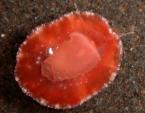
underside

side
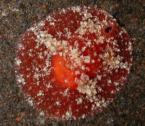
tall tubercles

yellow
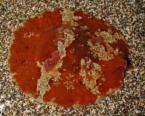
large, 28 mm
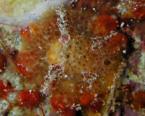
young
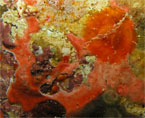
feeding
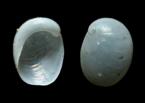
shell
_______________
GALLERY

Lamellaria sp. #1
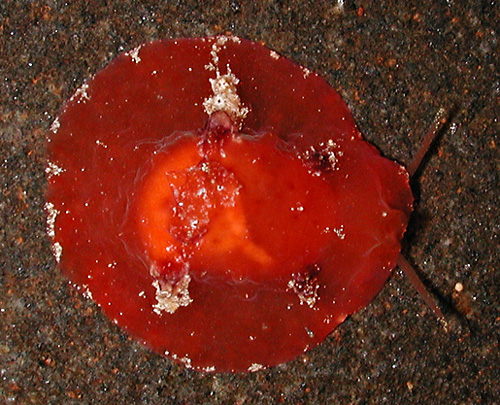
| Maximum size: 28 mm. Identification: This is a flattened species with variably developed tubercles. The dorsal surface in young animals may be reticulated with opaque pigment. (Note 1) In older animals, the reticulation is lost, tubercles may become more prominent and secondary, superficial white pigmentation develops on the dorsal surface, usually forming a posterior bar.There are five irregularly tuberculate projections on the dorsal surface: one central and four lateral with the lateral projections usually tinged with violet. The background color varies from white to yellow to bright orange-red. The cephalic tentacles are flecked with white. The underside of the foot usually has faint orange-brown flecks. Natural history: Lamellaria sp. #1 is a common species in moderately protected to moderately exposed rocky habitats and Halimeda kanaloana beds at depths of < 1 to 21 m (< 3 to 69 ft). It may be deriving its color primarily from the tunicates it eats and larger orange-red animals may be mimicking sponge eating dorids such as Aldisa pikokai. It may feed on several species of didemnid tunicate since we've photographed it on at least two showing probable feeding damage. Distribution: Big Island, Maui, Oahu, French Frigate Shoals and Lisianski: probably widely distributed in the Indo-Pacific. Taxonomic notes: The animal collected at Barber's Point, Oahu in 1965 and referenced in Kay, 1979 was probably this species. There is some uncertainty in separating it from other listed species of Lamellaria. Photo: CP: 15 mm; orange-red; low tubercles: Kapalua Bay, Maui; April 17, 2009. Observations and comments: Note 1: If present, the dorsal reticulations of young animals appear to be intermediate in size (proportionally) between those of young Lamellaria sp. #5 and Lamellaria sp. #2. As a consequence, the assignment of juveniles may be problematic. |
| Thumbnails |
Species
list |
Family | Next species | Top |